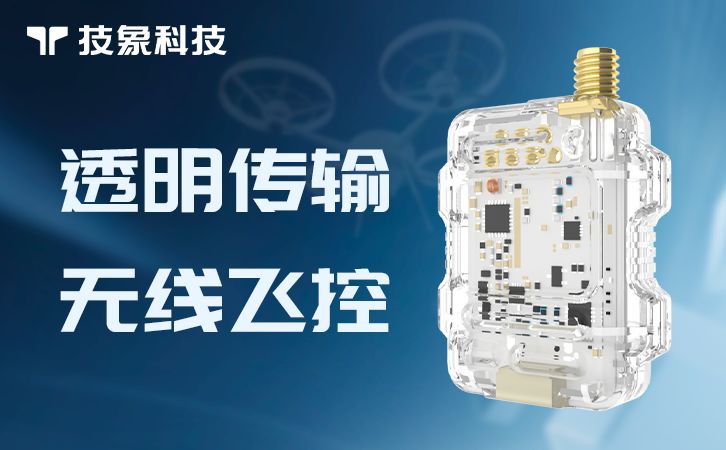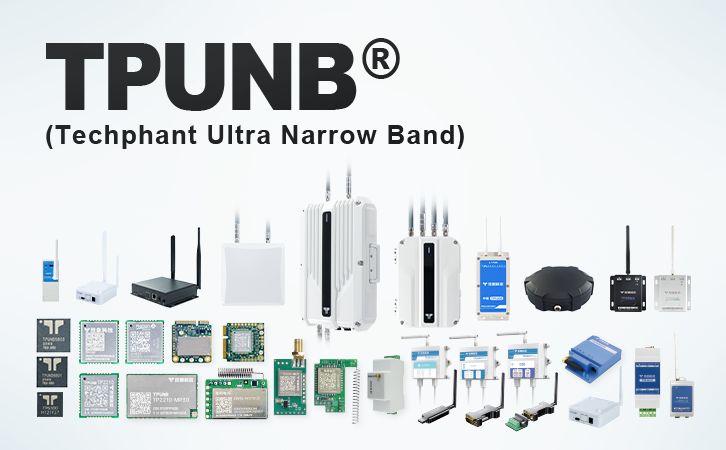FPV (First Person View) drones transmit live video through a sophisticated wireless system comprising several core components and leveraging specific transmission technologies. Here’s a comprehensive breakdown:
1. Core Components of FPV Video Transmission

The system relies on integrated hardware and signal processing:
Camera: Mounted on the drone, it captures real-time footage. FPV-specific cameras prioritize low latency (as low as 5ms) and wide dynamic range over resolution .
Video Transmitter (VTX): Converts the camera’s analog or digital signal into a radio frequency (RF) signal. Key features include:
Adjustable power output (e.g., 25mW–1.000mW) for range control.
Multi-frequency support (e.g., 5.8GHz bands) .
Antennas: Critical for signal integrity. Circularly polarized antennas (e.g., RHCP/LHCP) minimize multipath interference .
Video Receiver (VRX): Usually integrated into goggles or a ground station, it demodulates the RF signal back into video .
Display: FPV goggles or monitors render the live feed, with digital systems offering HD resolution (720p/120fps) .
2. Transmission Technologies: Analog vs. Digital
Analog Systems
How It Works: Camera → VTX (uncompressed signal) → VRX → Goggles.
Advantages: Ultra-low latency (5–22ms), low cost, and compatibility with most drones .
Limitations: Susceptible to noise, lower resolution (typically 480p), and “snowy” signal degradation .
Digital Systems (e.g., DJI, HDZero)
How It Works: Camera → VTX (encodes/compresses video) → VRX (decodes) → Goggles.
Advantages:
HD video (up to 720p/120fps) with anti-interference tech (e.g., DJI’s Focus Mode) .
Lower latency than earlier digital systems (e.g., 28ms for DJI) .
Limitations: Higher cost, latency trade-offs (e.g., 40ms in high-quality mode) .
3. Frequency Bands and Signal Management
5.8GHz: Most common band (legal globally). Benefits:
Minimal interference with 2.4GHz radio control links.
40+ channels (e.g., Raceband) for multi-pilot operations .
Lower Frequencies (1.3GHz/2.4GHz): Used for long-range flights due to better obstacle penetration but require larger antennas and HAM licenses in some regions .
Signal Optimization:
Channel spacing to avoid overlap.
Directional antennas (e.g., patch antennas) for extended range .
4. Encoding and Compression
Digital systems use advanced codecs to balance quality and latency:
H.265 (HEVC): 50% more efficient than H.264. reducing bandwidth needs for HD video .
Trade-offs: Aggressive compression increases latency; DJI’s “Low-Latency Mode” sacrifices bitrate for speed .
Hardware Acceleration: Dedicated chips (e.g., Hantro IP cores) enable real-time 4K encoding in high-end drones .
5. Latency Factors
End-to-end latency depends on:
Processing Steps:
Camera sensor readout (1–5ms).
Encoding (digital: 5–10ms; analog: negligible).
Transmission (speed-of-light, but affected by signal path) .
External Influences:
VTX power (higher power ≈ slightly lower latency).
Environmental interference (e.g., Wi-Fi congestion at 2.4GHz) .
Digital vs. Analog: Analog averages 15–30ms; digital ranges 18–40ms .
6. Emerging Innovations
- Optical Fiber: Experimental military drones use fiber for zero-latency, jam-proof video (e.g., Ukrainian “Banderyk-Strichka”) .
- Terahertz Frequencies: Lab-tested for ultra-HD (4K) streaming at 120GHz, though not yet commercially viable .
- AI-Assisted Compression: Dynamic bitrate adjustment based on scene complexity to preserve detail during high-motion sequences .
Practical Considerations for Pilots
- Range vs. Quality: 5.8GHz is ideal for racing; 1.3GHz suits long-range cinematic flights .
- Regulatory Compliance: Verify local laws (e.g., FCC/CE power limits, banned frequencies) .
- Interference Mitigation: Use quality antennas, avoid crowded channels, and monitor VTX temperature .
FPV video transmission blends hardware engineering and wireless protocols to deliver immersive real-time perspectives, with analog favoring speed and digital prioritizing fidelity—each suited to distinct piloting scenarios.


